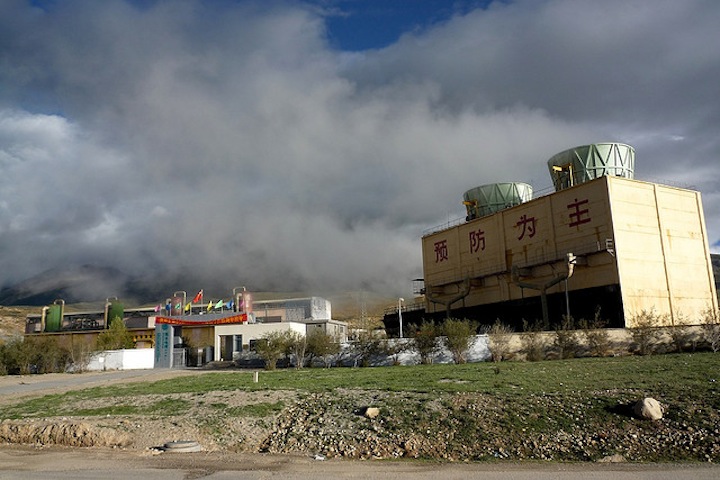Sinopec geothermal investment up to now at $320 million
Interfax: Sinopec’s growing interest in geothermal energy comes as it seeks to diversify beyond oil and gas production to secure future growth and gain expertise in renewables.
China’s Sinopec has been quietly investing in geothermal heating in the last few years and more seems to be coming in the following years.
According to Interfax, Sinopec started using geothermal energy to provide heating to Xiong in 2009. The oil major is the biggest developer of conventional geothermal projects in China, which claims a sixth of global geothermal energy resources. Despite this abundance, the country had just 28 MW of geothermal generating capacity in 2014.
The technology is part of Sinopec’s low-carbon development strategy, Chairman Fu Chengyu said at the inaugural China Geothermal Forum last November.
Fu said at Sinopec’s annual work conference in January that geothermal energy would be one of several alternative businesses the company would invest in over the next decade.
Sinopec is capable of providing geothermal heating for more than 3,000 hectares of floor area, accounting for 30% of the national coverage. This would be enough to replace 1 mtpa of standard coal and save 2.5 mtpa of carbon emissions.
The company’s geothermal development is led by Sinopec Star Petroleum, which has been tasked by the National Energy Administration with leading commercialisation of the resource in China.
Sinopec Star has spent more than RMB 2 billion ($320 million) on projects in 14 provinces and regions – including Beijing, Shaanxi, Hebei, Shandong, Liaoning and Sichuan.
It has drilled 213 geothermal wells that tap into underground heat by piping water from the surface through 206 heat exchange stations, according to Deputy General Manager Liu Shiliang. Sinopec Star can provide heating to an area of 2,300 hectares.
Sinopec Star has invested RMB 320 million in the Xiong pilot project since 2009, drilling 54 wells and installing 29 heat exchange stations. The company has laid 53 km of pipelines in the county and can provide geothermal heating coverage for 381 hectares, said Liu.
Sinopec’s growing interest in geothermal energy comes as it seeks to diversify beyond oil and gas production and refining. Crude prices have slumped since 2014 and could remain low for years to come.
Meanwhile, China’s economic planning agency said last week that it would implement policies to reduce coal consumption and cut the economy’s energy intensity. The government expects sustainable sources to provide 20% of China’s energy mix by 2030. Geothermal energy could help China achieve that target, and represents a sizeable business opportunity for Sinopec.
Every percentage increase of geothermal use in the energy mix would reduce carbon emissions by 100 mtpa, according to Liu Jinxia, head of the Geothermal Energy Research Institute at Sinopec Star.
Beijing is planning to scale up the use of geothermal energy. Local governments were asked last July to draft plans for geothermal energy use by 2020 and submit them by the end of 2014.
China is preparing an inaugural plan for geothermal energy development to the end of the decade, said Liu. He added the plan would be released in July or August.
China’s Ministry of Environmental Protection predicted last year that geothermal energy would provide the equivalent of 50 mt of coal-fired power by 2020.
To read more on the subject, please follow the link below:
Source: Interfax Energy


















